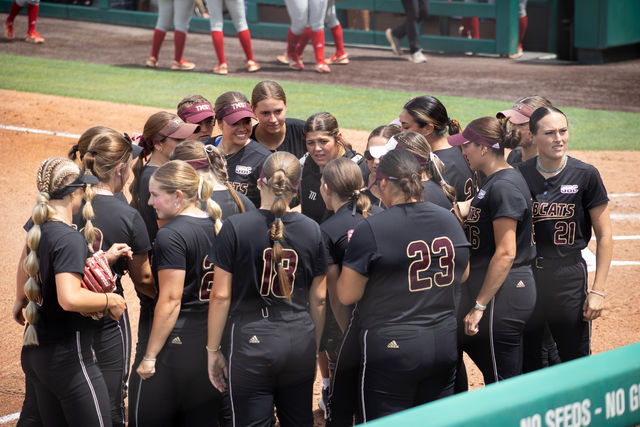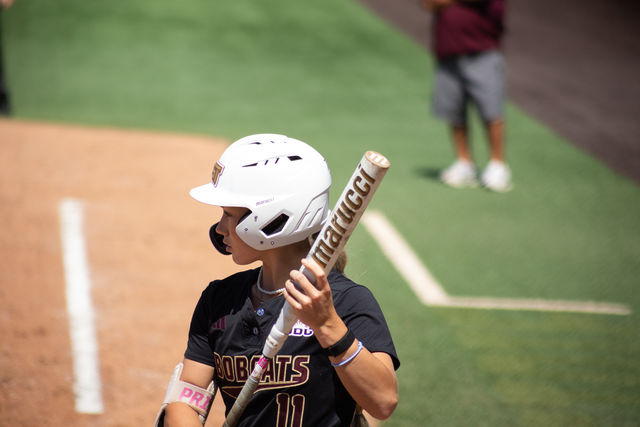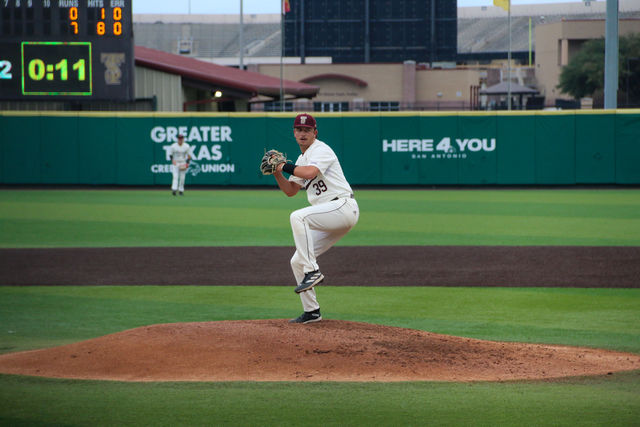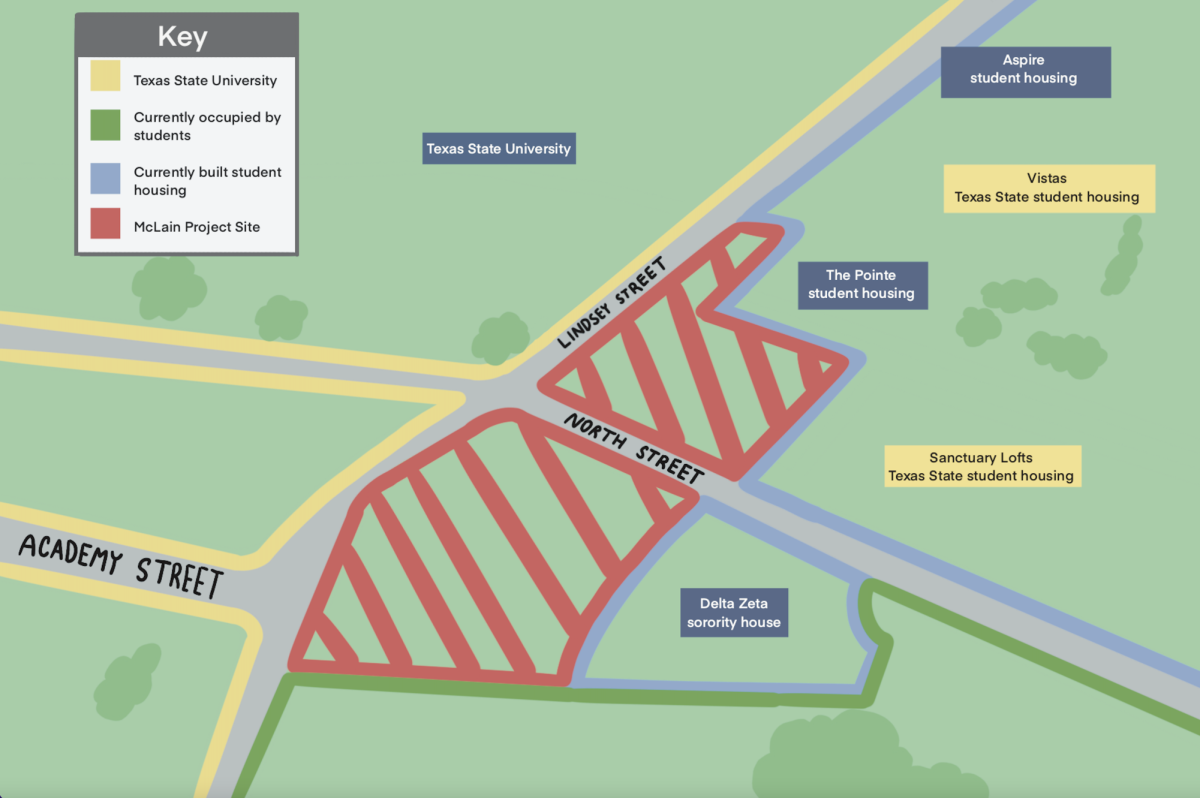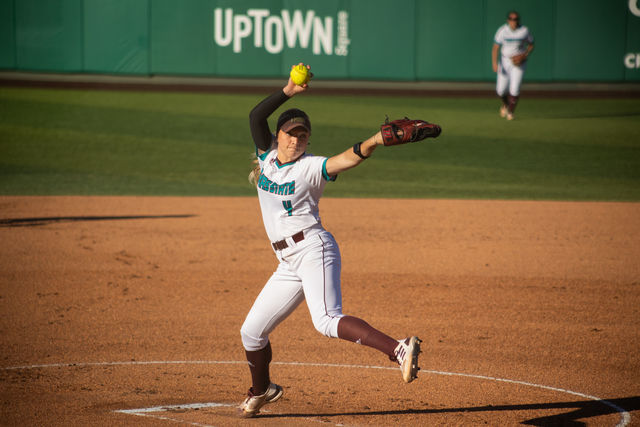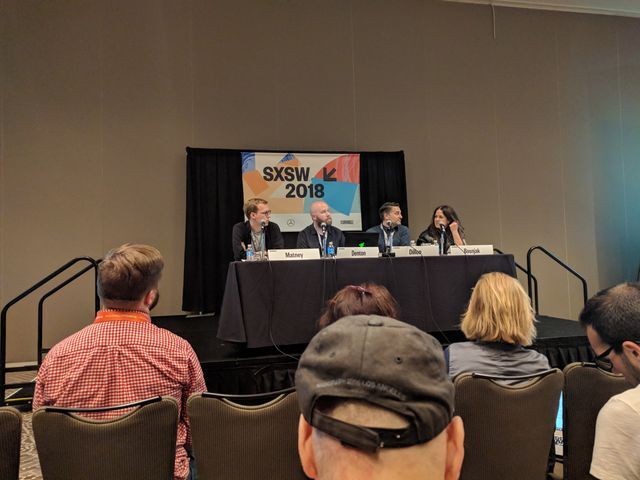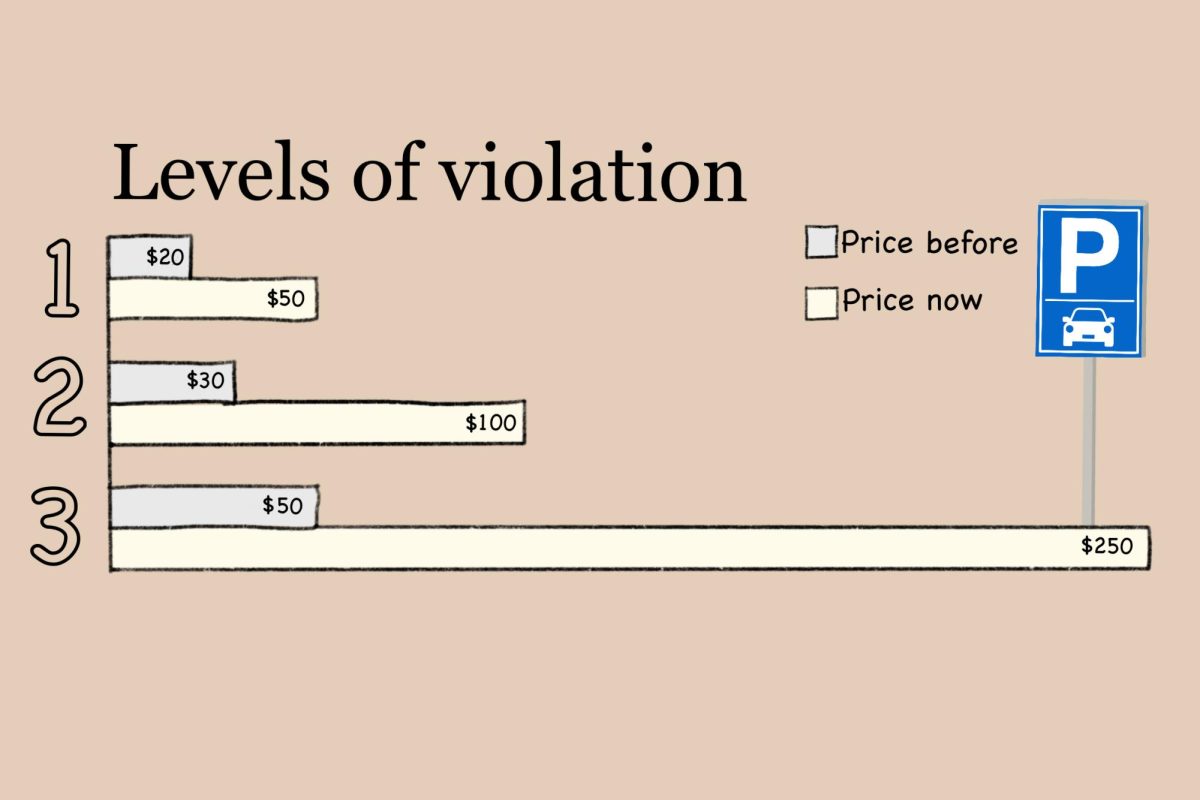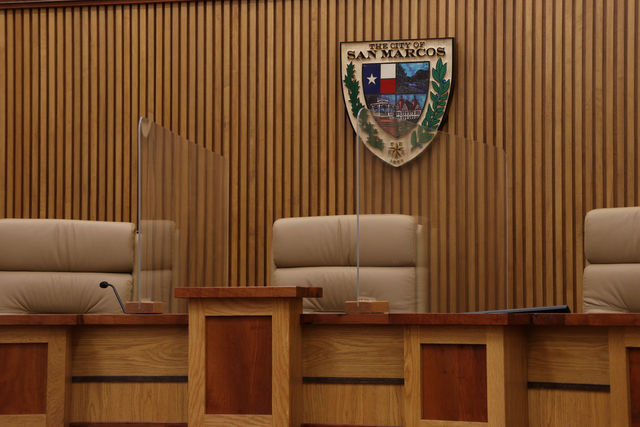An SXSW panel “The Next Phase of VR: Moving to MR”discussed the evolution of virtual reality and the integration of mixed reality into future tech and entertainment.
The panel took place at the JW Marriott March 15. While virtual reality has been increasingly normal as headset devices become more affordable and accessible, the mixed reality remains to be more sophisticated and location-based.
The panel included Justin Denton of Here Be Dragons, Lucas Matney of TechCrunch, Tim Dillon of MPC and Jacqueline Bosnjak of Mach1.
Dillon and Denton said this was an emerging field with a lot of potentials.
“People are really excited as to the question of whether mixed reality can supplant virtual reality,” Dillon said.
The difference between the two is definite but blurry for the layman. Whereas virtual reality and the devices that allow users to experience it aim to give the user a perspective is almost, if not all, a digital representation of an experience, mixed reality uses analog materials to embolden the virtual experience that is being had.
While virtual really attempts to fully immerse a user in a digital experience, mixed reality lays digital images over the physical environment. Dillon said there was not a specific line drawn where one becomes the other.
“It’s a broad term,” Dillon said.
The most frequent example used was a mixed reality experience that the Dillon, Denton and Bosnjak worked on together that was based on the television show “Legion” and took place at Comicon.
The project included the use of HoloLens, and an advanced virtual reality headset, as well as a real-life set that would overlay virtual features onto. The space it took place in was a pop-up building for users to step into.
Denton said making the experience immersive was difficult.
“It’s about craft and quality, making it not clumsy,” Denton said. “It’s really immersive theater.”
The production included the complex use of technology aside from the HoloLens headset. In order to create a sufficiently convincing sound environment, Bosnjack had to create sound systems responsive to the user in real time, creating a feedback loop unique to the user. A sound would be made into the HoloLens headset invoking a sound from the user. Depending on the sound made by the user, external speakers in the environment would react to make a new noise and cause changes in lighting.
As to the future of mixed reality, the panel was in agreement about it’s increased use on an industrial scale, but there was disagreement about the viability of mixed reality in households. Dillon said he was skeptical of the idea.
“Scalability of this stuff is really important… there’s entertainment, then there’s function,” Dillon said. “There’s no real home market for mixed reality.”

